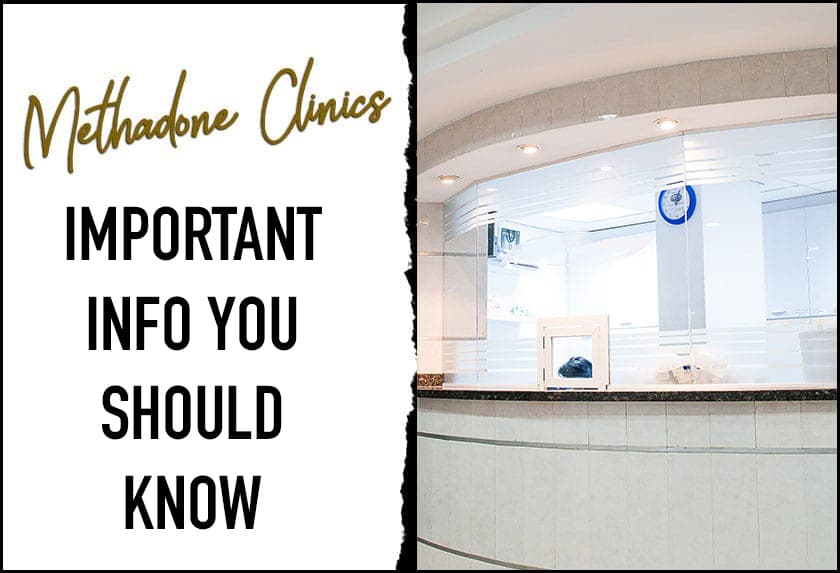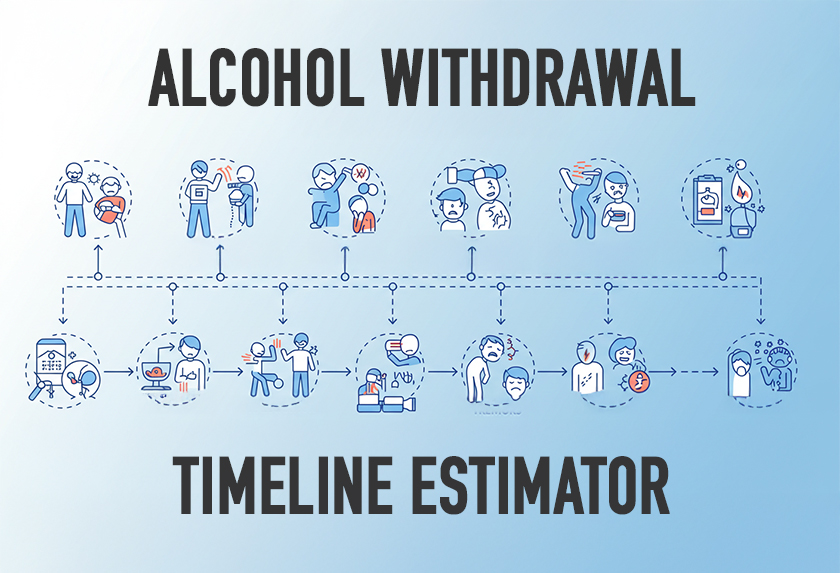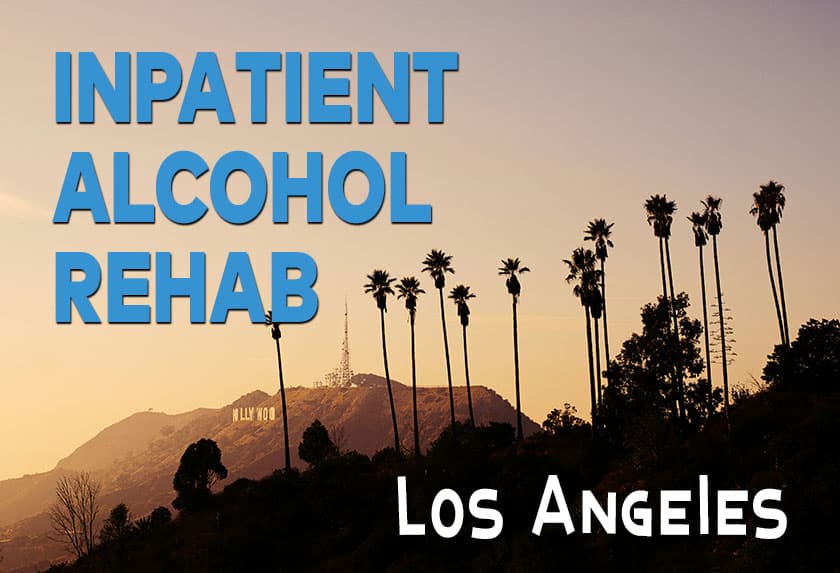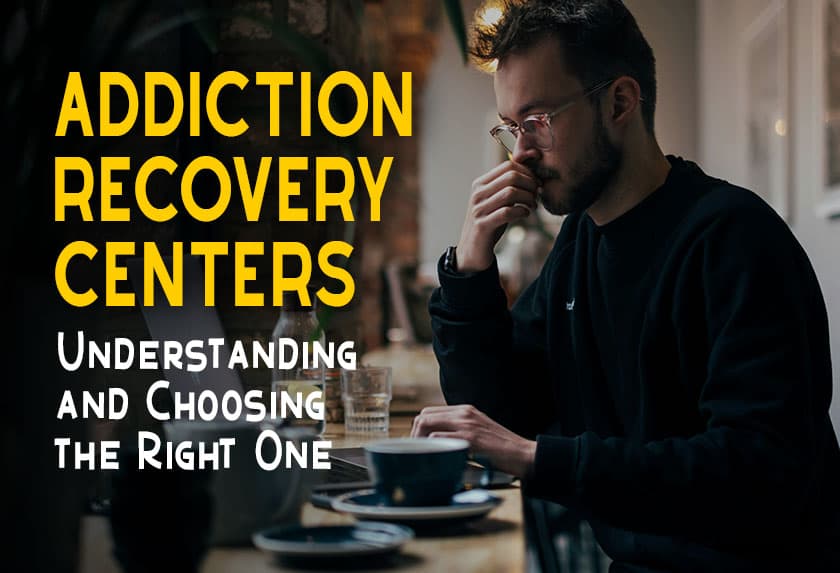Anyone watching the news these days knows that the U.S. is in the midst of an opioid epidemic.
While listening to the stories about accidental overdoses and how many more people are becoming addicted to opioids, something that keeps coming up is methadone.
Many people say methadone should be a part of primary care for those struggling with opioid addiction. Is this the best course of action? Should opioid addicts check into a methadone clinic? What are the pros and cons?
Read on to learn more about methadone clinics, why they’re so important, how to get into them, and how to find the best one locally.
What Is a Methadone Clinic and Why Are They Necessary?
Methadone is a synthetic pain killer. Its effects are like those of morphine. However, its effects last longer than morphine and can be used to help wean patients off opioids, including:
- Morphine
- Heroin
- Fentanyl
- Codeine
- Hydrocodone
- Oxycodone
Anyone who takes these drugs is susceptible to becoming addicted to them. Addiction to these drugs has nothing to do with a history of addictive behavior. Even someone who has never experienced addiction can succumb to opioid addiction.
The reason for this is because of the way opioids affect the brain.
When a person takes an opioid drug, their brain releases endorphins, which reduce pain and make people feel calmer and happier.
Over time, the brain becomes tolerant to the drug, meaning that the same dose that used to help with pain reduction doesn’t work as well. To get the same pain-reducing effects, the person taking the drug needs to take even more.
Trying to quit cold turkey can be an excruciating experience. Those attempting it often experience:
- Muscle aches
- Anxiety and restlessness
- Insomnia
- High blood pressure
- Rapid heartbeat
- Nausea and vomiting
- Blurry vision
- Abdominal cramping and diarrhea.
All of that is in addition to the pain they experience from the injury/condition that caused them to start taking opioids in the first place.
Thankfully, there’s a solution: Methadone.
Though methadone is technically an opioid, it doesn’t have the same addictive effects as other opioids. In fact, this medication can block the receptors that lead to the feel-good experience people have when they take opioid drugs.
How does that help? It helps by reducing the patient’s pain, while at the same time easing the addictive effects of the medication they’re addicted to. Such an effect makes it easier to wean themselves off the drugs.
Normally, the weaning process is difficult because the body/mind craves the endorphins that are normally released. However, when they’re blocked, overcoming the addiction is so much easier and doing it slowly allows patients to avoid the detrimental physical effects often associated with quitting cold turkey.
Methadone Treatment – How Does It Work and How Successful Is It?
Who should check into a methadone clinic? Anyone who is addicted to opioids should talk to their doctor about whether they’re a good candidate for methadone.
Why should a person check into a methadone clinic? Can’t they just take the medication on their own? Actually, they can’t. Due to the fact that methadone is an opioid, patients still need to be under the supervision of a doctor while undergoing this form of treatment.
Though it’s not as addictive as other opioids, there’s still a chance that patients can become addicted, especially since they already have a history of addiction.
Potential methadone clinic patients might wonder just how effective this form of treatment is, which is a great question! After all, why invest in something that is only partially successful?
Methadone has a great success rate among opioid-addicted patients. In fact, patients who treat their addiction with methadone are over four times more likely to stick with their recovery plan than those who attempt addiction recovery without it.
Methadone treatment on its own has helped numerous people overcome their addiction. However, it’s important to note that, when overcoming addiction, patients have even better results when they incorporate a combination of therapies in their treatment plan.
Additional therapies can include:
- Regular counseling/therapy sessions
- Support group meetings.
Once patients have been approved for methadone treatment, what can they expect?
First and foremost, methadone patients can feel comforted knowing that the professional medical team working with them at the clinic is going to be caring and compassionate. There is no judgment from the team – they’re simply there to help. That is their goal and they’ll do all they can to help their patients feel safe.
The treatment protocol at a methadone clinic consists of taking methadone in pill, wafer, or liquid form. The dose will depend on the unique needs of the patient. For example, a heroin addict may require a higher dose of methadone, which has been shown to be more effective for them, ensuring that they’re more likely to stick with the recovery program. A single dose of methadone will last approximately eight hours.
During treatment, most methadone clinics will offer in-house counseling services. Patients can talk one-on-one with a counselor about what they’re experiencing, their fears/concerns, as well as what lead to their addiction in the first place.
In addition to one-on-one counseling, the clinic has support groups, which are extremely helpful in that patients see that they’re not alone. Other people understand what they’re going through and can offer support and encouragement along the way.
How to Get into a Methadone Clinic: Important Steps to Know
People who are addicted to opioids hear about the benefits of methadone and want to know two things:
- How to get into a methadone clinic
- How to find a methadone clinic near me.
The first thing to consider when searching for the best methadone clinic is the reputation of the clinic. When doing a Google search for “methadone clinic near me,” it’s important to take some time to look at the reviews of the clinics. Not just the star rating, but the actual reviews from patients. Doing this will give potential patients and their loved ones a good idea of whether the clinic is going to fit their needs.
The next step is discovering how to get into a methadone clinic. In order to get into a clinic, the person needs to be eligible for methadone treatment. Methadone eligibility factors include:
- Being currently addicted to opioids
- Having been addicted for at least one year
- Pregnant women, those recently released from prison within the past six months, and those who have been treated with methadone in the past are eligible right away (they don’t have to wait for the 12-month mark)
- Minors need to show proof that they’ve attempted detox at least twice in the last year
- Minors also need written consent from a parent/guardian.
Once a person has determined that they are, in fact, eligible and have found a methadone clinic near them, the final step in the process is figuring out how to pay for the treatment.
In many cases, private insurance companies will cover a portion of the treatment. Patients can contact their insurance provider directly, or go through the insurance verification process with their clinic of choice.
The 2010 Affordable Care Act requires that all insurers provide substance abuse treatment coverage, at least in part, for insurance subscribers. The provision has made it easier for those struggling with opioid dependence to get the assistance they need from methadone clinics.
Another coverage option is to find out if a patient is eligible for assistance through governmental programs, like Medicaid.
Methadone Clinics – an Essential Tool for Substance Abuse Recovery
Methadone has proven to be an effective treatment option for those suffering from opioid addiction. Those who want to overcome their addiction should definitely investigate local methadone clinics and talk to their doctor, as well as clinic personnel, about eligibility.
Too many people are succumbing to opioid addiction. With assistance from the caring, compassionate, and understanding team at a methadone clinic, patients have a good chance at conquering their addiction and leading a healthy, satisfying life free from the effects of opioids.





